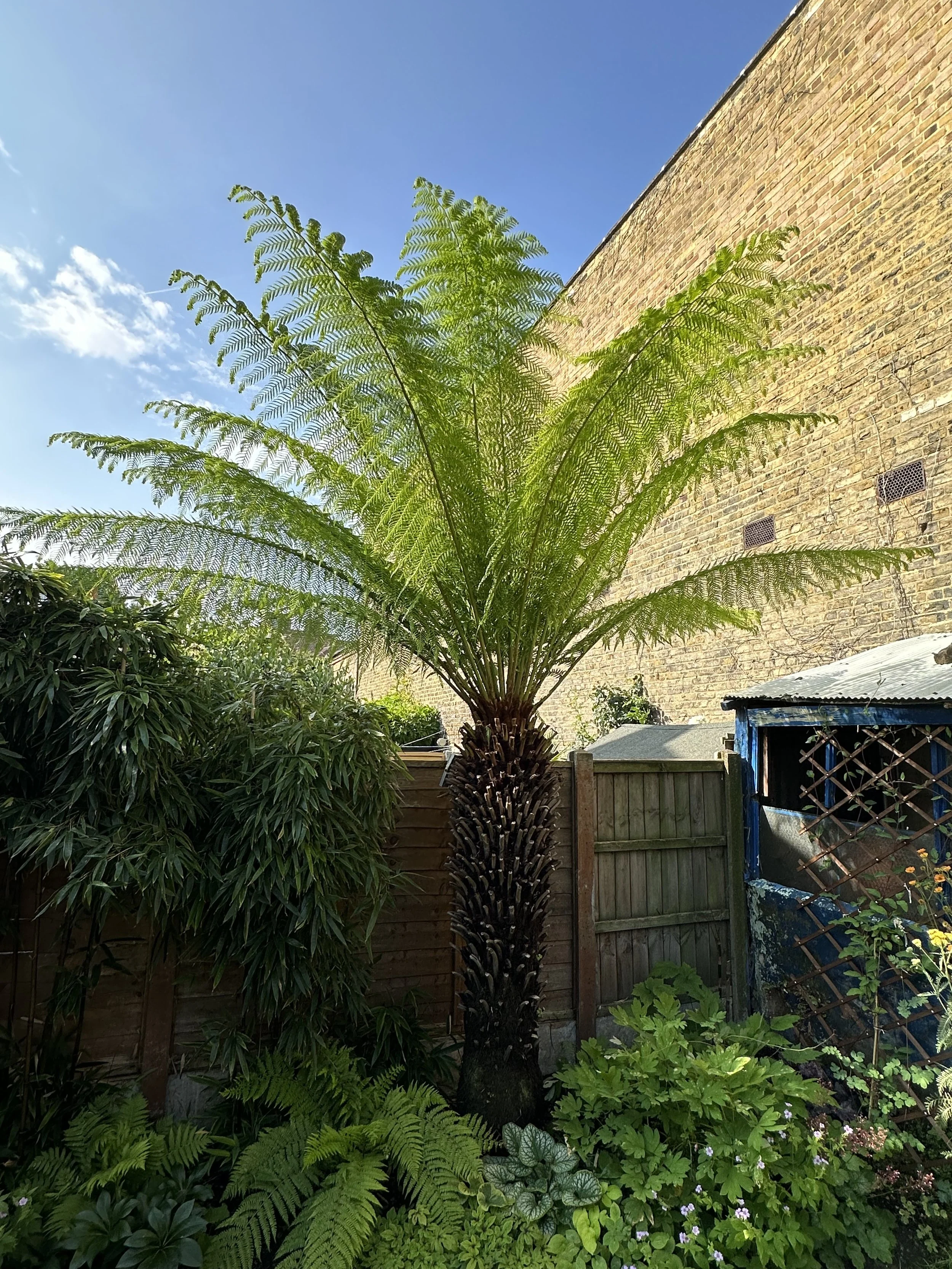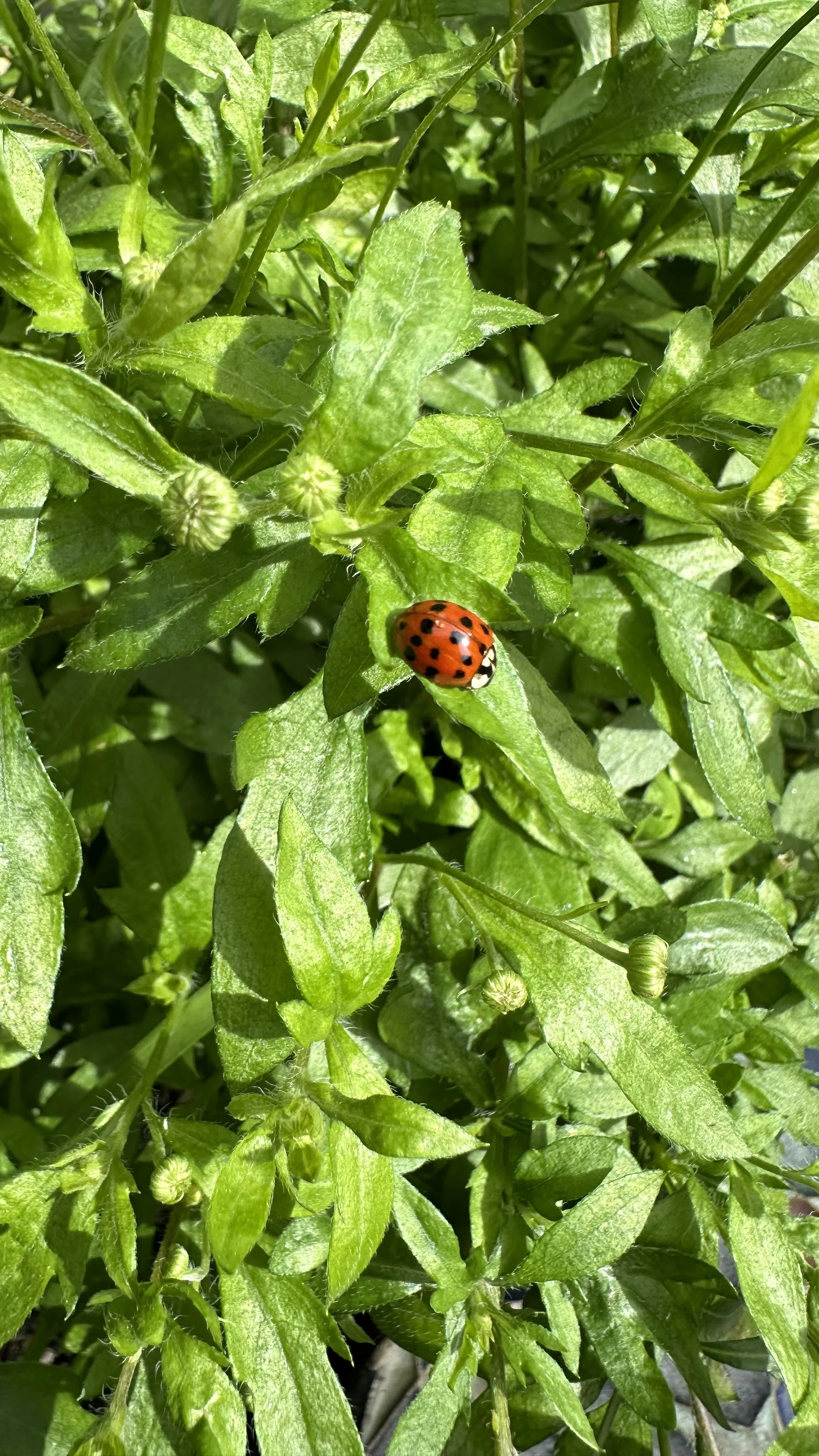The Best Seed Starting Mix
This website is reader-supported - thank you! This post may contain affiliate links. As an Amazon Associate, I earn from qualifying purchases at no extra cost to you.
The best seed starting mix can make all the difference in the world, offering your seedlings the ideal environment to flourish.
With so many options available, understanding what makes a great seed starting mix stand out is key to ensuring your gardening success this season.
In this guide, we'll explore the essentials of seed starting mixes, focusing on how to choose the best one for your garden's needs.
To learn more about growing from seed, check out my guides:
Why Seed Starting Mixes Matter
When I first started gardening I quickly discovered the role that the right seed starting mix plays in the life of a plant.
Starting seeds might seem like a simple act, but it's filled with nuance.
The mix you choose is not just soil; it's the foundation of your garden's future.
Here's why selecting the best seed starting mix is crucial:
Optimal Growth Environment
Seed starting mixes are crafted to create the perfect environment for seed germination and early growth.
They're designed to be lightweight and porous, promoting air circulation and making it easier for tiny roots to navigate through the soil.
This is vital because good root development in the early stages sets the stage for healthier, more robust plants.
Moisture Balance
One of the biggest challenges in starting seeds is maintaining the perfect moisture balance.
Too much water, and your seeds could rot or fall victim to fungal diseases like damping off.
Too little, and they might not germinate at all.
Seed starting mixes are formulated to retain just enough moisture to keep seeds happy while allowing excess water to drain away, preventing waterlogging.
Sterility
Many high-quality seed starting mixes are sterile, meaning they're free from pathogens, weed seeds, and pests that could harm your delicate seedlings.
This sterility is crucial for protecting your seeds in their most vulnerable stage.
While the garden outside is a complex ecosystem full of life (and the challenges that come with it), your seed starting mix offers a safe haven for your seeds to begin their journey.
Nutritional Content
While seeds carry their own nutrient supply to support initial growth, the seed starting mix can offer a gentle boost of nutrients tailored for young plants.
These mixes often contain a delicate balance of minerals and organic matter to support seedlings until they're strong enough to handle more potent fertilizers or the nutrient-rich environment of your garden.
Versatility and Customization
Whether you're growing delicate herbs, robust vegetables, or vibrant flowers, there's a seed starting mix that meets your needs.
There are a wide range of options, from organic mixes enriched with worm castings and coco coir to specialized formulas for different types of plants.
For those who love a hands-on approach, creating your own mix allows you to customize the components to suit the specific needs of your seedlings.
In summary, the journey of each seed begins with the environment we provide for it, and choosing the right seed starting mix is an important decision that can influence the health of your garden.
To learn more about growing from seed, check out my guides:
Leggy Tomato Seedlings: Causes and Solutions
For more growing tips, check out my guides:
My Top Pick for Seed Starting Mixes
Through trial, error, and many gardening seasons, I've narrowed down a list of seed starting mixes that consistently perform well across different scenarios.
Whether you're planting a vegetable garden, starting flowers, or experimenting with organic gardening, here's a more detailed look at my top choice.
Best Overall Seed Starting Mix
After experimenting with numerous brands and recipes, I've found that this mix strikes the perfect balance between moisture retention and drainage, promoting healthy root development and vigorous growth:
Crafting Your Own Seed Starting Mix
There's something really rewarding about mixing your own seed starting blend.
Tailoring a mix to your specific gardening situation can lead to even better germination rates and healthier seedlings.
This DIY approach allows for adjustments based on what you're growing and your environmental conditions.
A simple, effective DIY recipe I've relied on includes:
1 Part Coconut Coir: For moisture retention.
Here is the coconut coir I recommend:
1 Part Vermiculite: To keep the mix light and retain water.
Here is the vermiculite I recommend:
1 Part Perlite: For aeration, ensuring roots can breathe and grow freely.
Here is the perlite I recommend:
1 Scoop of Worm Castings: Adding a scoop of worm castings for nutrients can give your seedlings a gentle, organic boost.
Here are the worm castings I recommend:
To learn more about growing from seed, check out my guides:
Why You Should Avoid Peat Moss
Avoiding peat moss in your seed starting mix is becoming increasingly important for several reasons.
Firstly, peat moss harvesting contributes to the depletion of peat bogs, which are vital ecosystems that act as carbon sinks, storing vast amounts of carbon and helping to mitigate climate change.
Secondly, these unique habitats support a diverse range of wildlife, and their destruction threatens biodiversity.
Additionally, peat bogs play a crucial role in water regulation, preventing flooding by absorbing rainwater.
Shifting away from peat moss and towards sustainable alternatives like coco coir or compost-based mixes not only preserves these precious ecosystems but also aligns with environmentally responsible gardening practices.
Organic Seed Starting: A Healthy Beginning
As someone passionate about gardening, I've always been drawn to methods that support not just the health of my plants, but also the wellbeing of the environment.
This is where organic seed starting truly shines.
It's not just about avoiding chemicals; it's about embracing an approach that respects the natural life cycle of plants.
Here's why starting your seeds organically can make a big difference:
Embracing Natural Processes
Organic seed starting is all about working with nature, not against it.
By using organic seed starting mixes, you're providing your seeds with a medium that's free from synthetic chemicals and fertilizers.
These mixes often incorporate natural materials like coco coir, and worm castings, which not only offer excellent moisture retention and aeration but also enrich the soil with beneficial microorganisms and nutrients.
Sustainable Gardening Practices
Choosing organic means supporting sustainable gardening practices.
Many components of organic seed starting mixes are renewable and have a lower environmental impact.
For example, coco coir is a by-product of the coconut industry and serves as a sustainable alternative to peat moss.
By opting for organic, you're contributing to a gardening ecosystem that prioritizes long-term health over short-term gains.
Healthier Seedlings and Ecosystem
Organic seed starting can lead to stronger, more resilient plants.
Since these seedlings grow in a chemical-free environment from the start, they often develop a greater ability to fend off pests and diseases naturally.
Moreover, organic gardening practices enhance the biodiversity of your garden by attracting beneficial insects and pollinators, which play a crucial role in the ecosystem.
Safety for All
Using organic seed starting methods is not only good for the plants; it's also safer for you, your family, and any pets that might spend time in your garden.
Synthetic chemicals can have long-term health impacts and contaminate water sources.
Organic gardening eliminates these risks, creating a safe and healthy environment for everyone to enjoy.
To learn more about growing from seed, check out my guides:
FAQs
Can I use regular potting soil for starting seeds?
While you might be tempted to use regular potting soil due to its availability, it's not the best choice for starting seeds.
Regular potting soil is generally denser and may contain larger particles, making it harder for delicate seedlings to push through.
Also, it might not be sterile, increasing the risk of diseases that could harm your vulnerable seedlings.
Seed starting mixes, on the other hand, are lighter, ensure better drainage, and are usually sterile, offering a safer and more conducive environment for seed germination and growth.
To learn more about this, check out my guide: Garden Soil vs. Potting Soil: How to Choose the Right One.
What's the difference between peat moss and coco coir?
Both peat moss and coco coir are popular for their moisture-retaining abilities, but they come from very different sources and have distinct properties:
Peat Moss
It is harvested from peat bogs which is extremely harmful to the environment.
It is formed from partially decomposed plant material, predominantly sphagnum moss.
Avoid using peat moss at all costs due to its impact on the environment.
Coco Coir
A by-product of the coconut industry, is made from the fibrous husks of coconuts.
It's more sustainable than peat moss, pH-neutral, and has excellent water retention and aeration properties.
Given its sustainability and environmental benefits, coco coir is increasingly preferred as a peat moss alternative in seed starting mixes.
How often should I water my seed starting mix?
The key to watering your seed starting mix is to maintain a balance—keep it moist but not soggy.
Initially, using a spray bottle can help you moisten the surface gently without overwatering.
Once seeds have germinated, you can gradually move to light watering.
The top layer should dry out slightly between waterings, but the mix should never become completely dry.
Monitor your seedlings and the moisture level of the mix regularly; conditions like temperature and humidity can affect how quickly it dries out.
To learn more, check out my guide: How Often to Water Seedlings.
Is it necessary to add nutrients to my seed starting mix?
Most seeds contain enough energy to support the initial growth stage, but after the first true leaves develop, adding nutrients can be beneficial.
Seed starting mixes often have limited nutrients.
Introducing a gentle, diluted liquid organic fertilizer can provide seedlings with the extra boost they need for healthy development.
Opt for a fertilizer low in nitrogen to avoid rapid leaf growth at the expense of root development.
Here is the fertilizer I recommend:
What is the best material for a seed starter?
The best material for a seed starter strikes a balance between moisture retention, aeration, and nutrient content.
A mix of coco coir with vermiculite and perlite is widely regarded as an excellent starting point.
This combination ensures the mix retains enough water to keep seeds hydrated while also providing sufficient drainage to prevent waterlogging.
Adding a component like worm castings or compost can introduce nutrients slowly, supporting seedling growth without overwhelming them.
Ultimately, the best material can vary depending on the specific needs of the seeds you're starting, but this mix offers a versatile and effective foundation for a wide range of plants.
Whether you choose an organic seed starter, a traditional potting mix, or decide to create your own blend, success lies in understanding and catering to the specific needs of your seeds.
Starting seeds is more than just the act of planting; it's the beginning of a growing journey that requires the right resources like the perfect seedling mix.
The importance of choosing the right starting soil cannot be overstated—it's the foundation of healthy root growth and the overall vigor of your plants.
As you start the journey of seeds indoors, each choice you make, from the seedling mix to the care you provide, contributes to the success of your garden.
By providing your seeds with the best possible environment from the start, you're setting the stage for a thriving garden that will bring joy all year round.
Pin this post to save it for later!









































